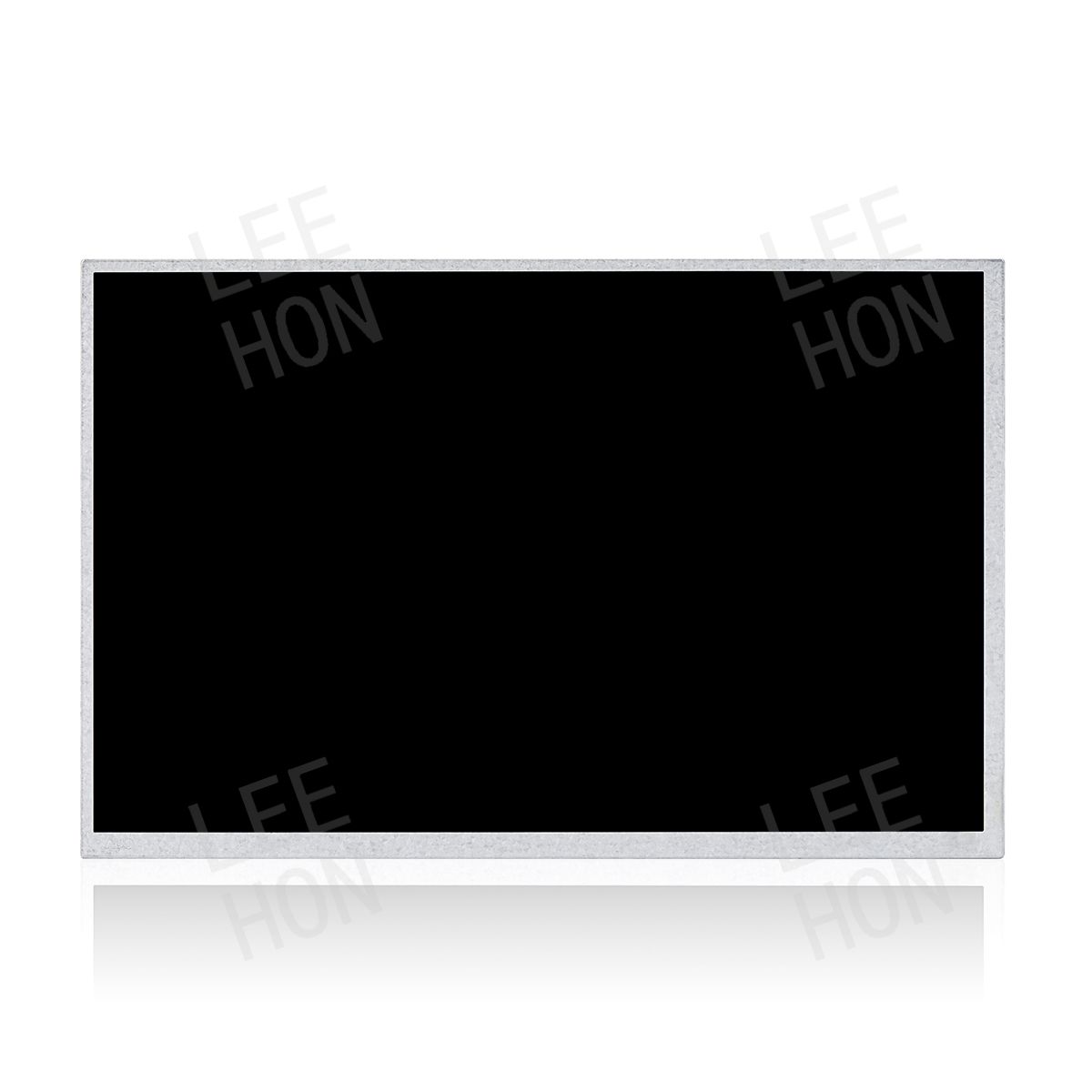Ultra-Wide Screen: 19-inch Bar-type LCD Screen BOE DV190FBM-NB0
News 2025-02-18
Introduction
In the digital display realm, where every inch of space is crucial, traditional 16:9 screens have reached their limitations. But what if there’s a screen that can break through these physical constraints and unlock new possibilities for information presentation? Let’s explore the ultra-wide screen and 19-inch bar-type LCD screen such as the BOE DV190FBM-NB0 and DV190FBM-NB0.

The Pain Points of Traditional Displays
Traditional displays, with their 16:9 aspect ratio, have long been the norm. However, they come with several drawbacks:
- Information Fragmentation: Long-format content often has to be cut and pieced together on 16:9 screens, leading to a disjointed viewing experience.
- Space Wastage: In narrow and column-shaped areas, traditional screens fail to make full use of the space, leaving large gaps and unused areas.
- Visual Fatigue: The ubiquitous rectangular screen shape has become so common that it no longer captures people’s attention.
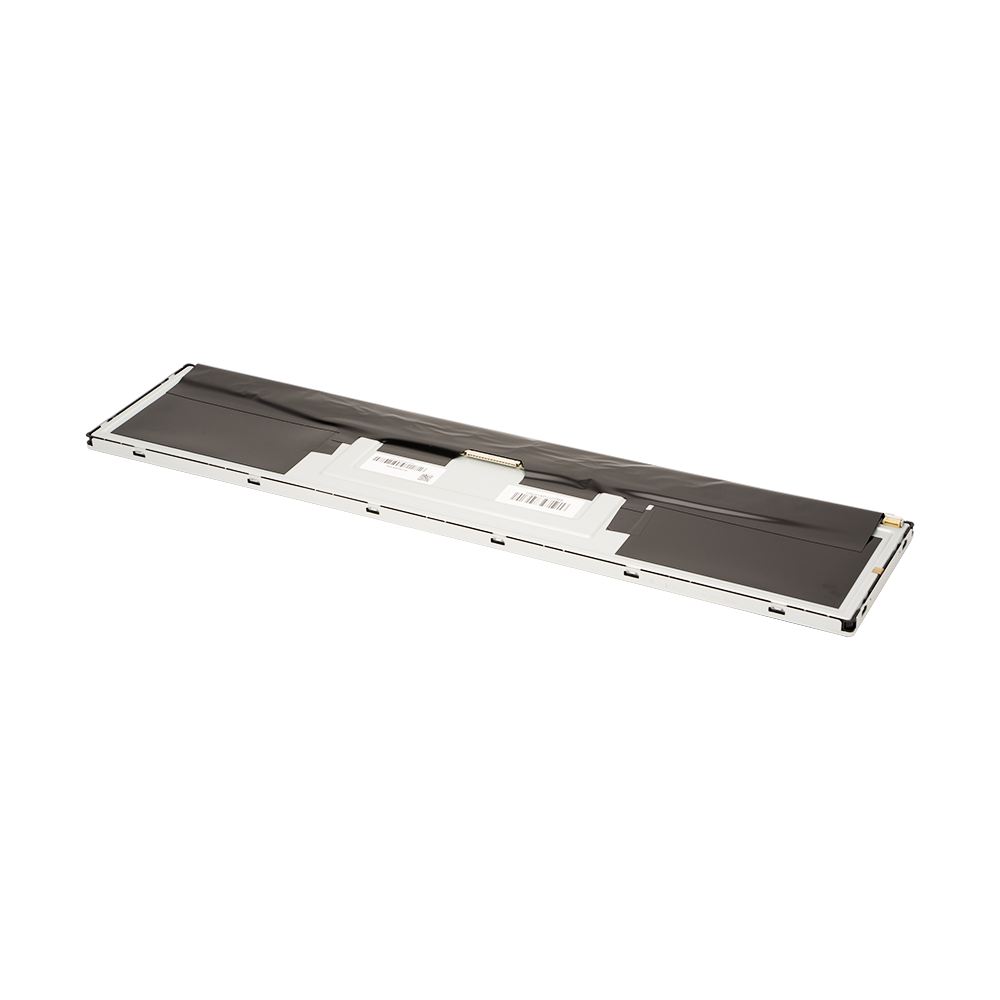
The Geometric Innovation of Ultra-Wide Screens
Space Adaptation Advantage
The 19-inch bar-type LCD screen, such as the BOE DV190FBM-NB0 and DV190FBM-NB0, with its 1920×360 resolution and greater-than-3:1 aspect ratio, offers a significant improvement in space utilization. Compared to traditional screens, it reduces the need for splicing seams by 86.7% . For example, in a corridor scenario, the 89° wide viewing angle ensures that the content is visible from both sides, making it ideal for narrow passageways and column-wrapped displays.

Information-Carrying Innovation
A single ultra-wide screen can display up to 8 product details, as seen in the supermarket shelf real-life photos. In the case of a subway timetable, the dynamic information flow carrying capacity is increased by 300%. This means that passengers can get all the necessary information about train schedules, platform changes, and delays in one continuous stream, without having to look at multiple screens.
Evolution of Screen Shapes
The evolution of screen shapes has gone through several stages:
- Traditional Rectangular Screens: The standard choice for many years, but with limited flexibility in terms of space utilization and information presentation.
- Curved Screens: Offered a more immersive viewing experience, but still had limitations in certain space-constrained environments.
- Bar-type Screens: Represent a significant leap forward, with their ultra-wide aspect ratio and ability to fit into narrow spaces.
- Flexible Screens: The future of display technology, with the potential to be bent and folded to fit into even the most unconventional spaces.
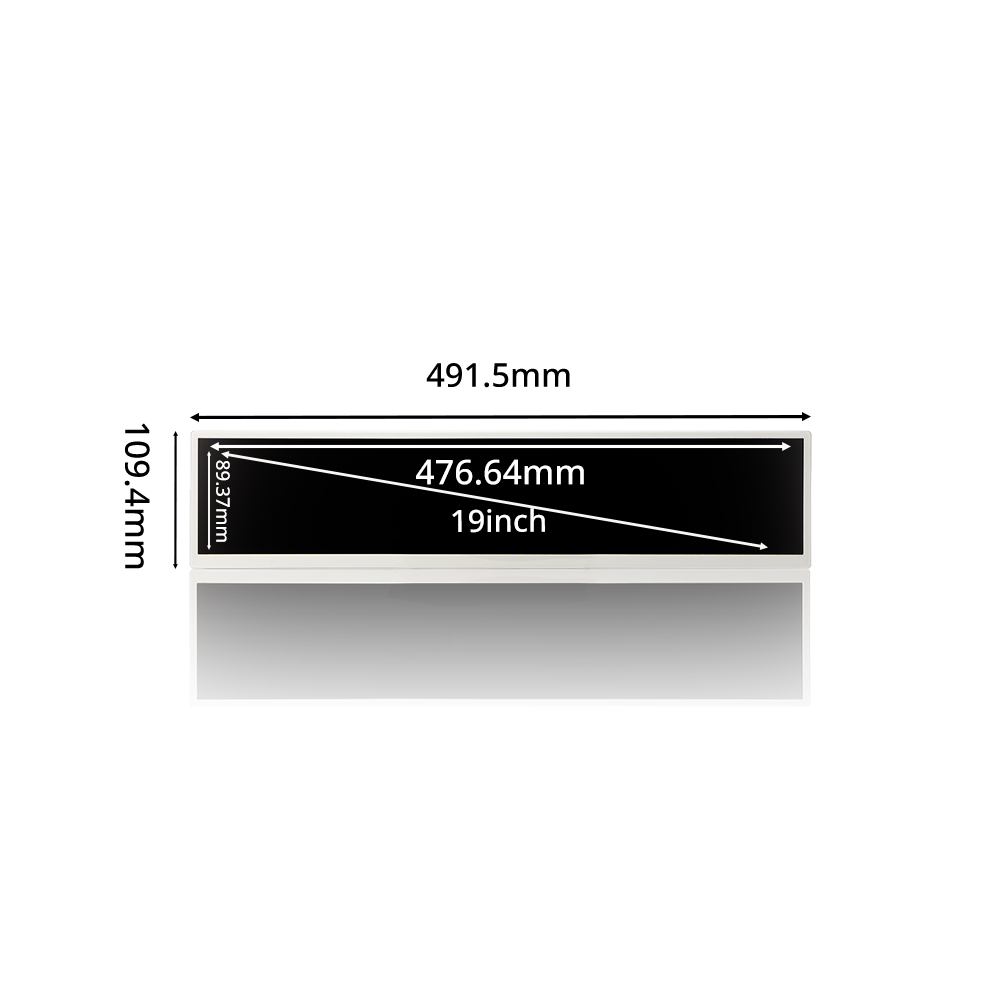
Deep-Dive into Industry-Specific Applications
Retail Industry
- Traditional Solution Pain Point: The space above shelves was often wasted, with no effective way to display product information.
- Ultra-Wide Screen Solution: Hanging bar-type screens such as the BOE DV190FBM-NB0 and DV190FBM-NB0 above shelves can display product details, promotions, and customer reviews. In a pilot project at a supermarket store in China, the deployment of bar-type screens above 2.4-meter-long shelves resulted in:
- An increase in product exposure time from 1.2 seconds to 3.8 seconds (a 217% increase).
- A 9.6% increase in associated purchase rates.
- Reduced content update costs, with one operator able to manage 80 groups of screens.
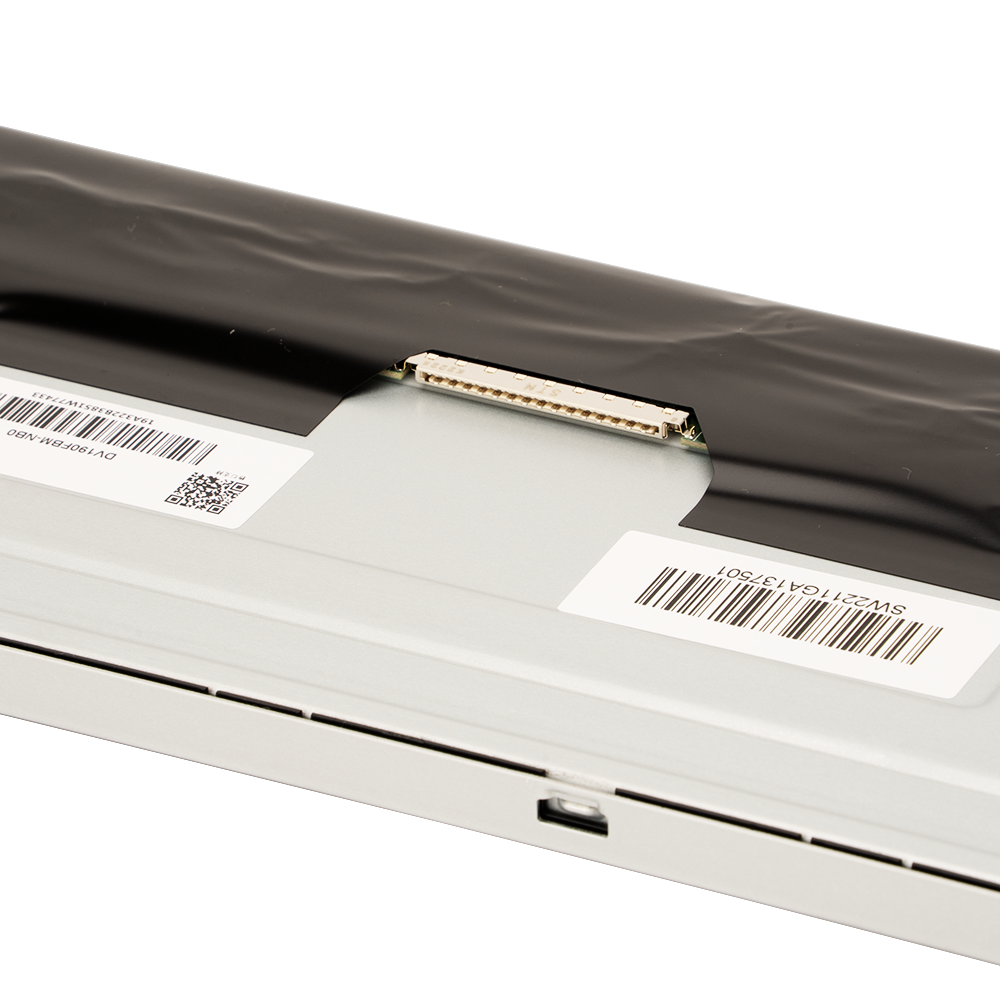
Transportation Industry
- Traditional Solution Pain Point: Multiple screens were needed to display different pieces of information, leading to confusion and information overload for passengers.
- Ultra-Wide Screen Solution: A continuous timetable flow on a single ultra-wide screen can display all the necessary information in a clear and concise manner. In a subway station in Shenzhen, the implementation of ultra-wide screens for displaying timetables led to a 43% decrease in passenger inquiries, as passengers could easily find the information they needed without having to look at multiple screens (data source: Shenzhen Metro Operation Department’s Q3 2023 Passenger Service Report).
Industrial Sector
- Traditional Solution Pain Point: Equipment panels were often scattered, making it difficult for operators to monitor the status of the entire production line.
- Ultra-Wide Screen Solution: A production line status overview screen can display the status of all equipment on a single ultra-wide screen, allowing operators to quickly identify any potential issues and respond in a timely manner. In a factory in Shenzhen, the use of ultra-wide screens for monitoring the production line status resulted in a 68% faster response time to equipment failures.
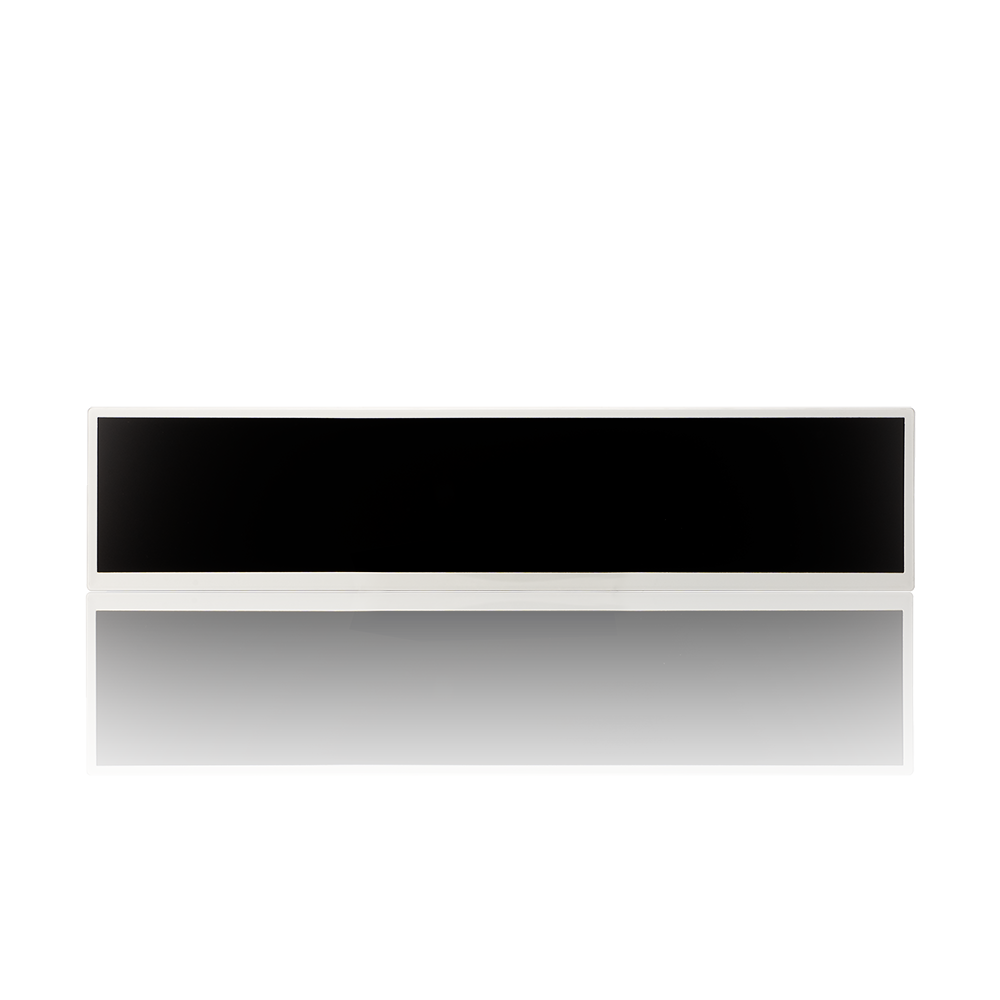
Decision-Making Guidance
Implementation Checklist
- Space Audit: Measure the length-to-width ratio of the deployment area, with a preference for areas with a ratio greater than 3:1.
- Content Adaptation: Estimate the cost of developing responsive web content for the ultra-wide screen, following the Web Content Accessibility Guidelines (WCAG) 2.1 standard for content readability.
- ROI Calculation: Compare the total cost of ownership of the ultra-wide screen with traditional solutions over a 3-year period.

Conclusion
The 19-inch bar-type LCD screen such as the BOE DV190FBM-NB0 and DV190FBM-NB0 is not just a new product; it’s an innovation in the world of digital displays. By addressing the pain points of traditional displays and offering practical solutions for space-constrained environments, it has the potential to enhance the way we present and consume information. Whether you’re in the retail, transportation, or industrial sector, the ultra-wide screen offers a powerful tool to improve your display capabilities and enhance the overall user experience. So, are you ready to embrace the ultra-wide screen innovation and unlock the full potential of your display space?
Contact Us
FAQ
Q: How compatible is it with traditional digital signage?
A: It supports LVDS inputs and can be adapted to existing systems via adapters.
Q: How does it compare in terms of maintenance costs?
A: According to factory data, the mean time between failures (MTBF) reaches 50,000 hours.
Contact Us

